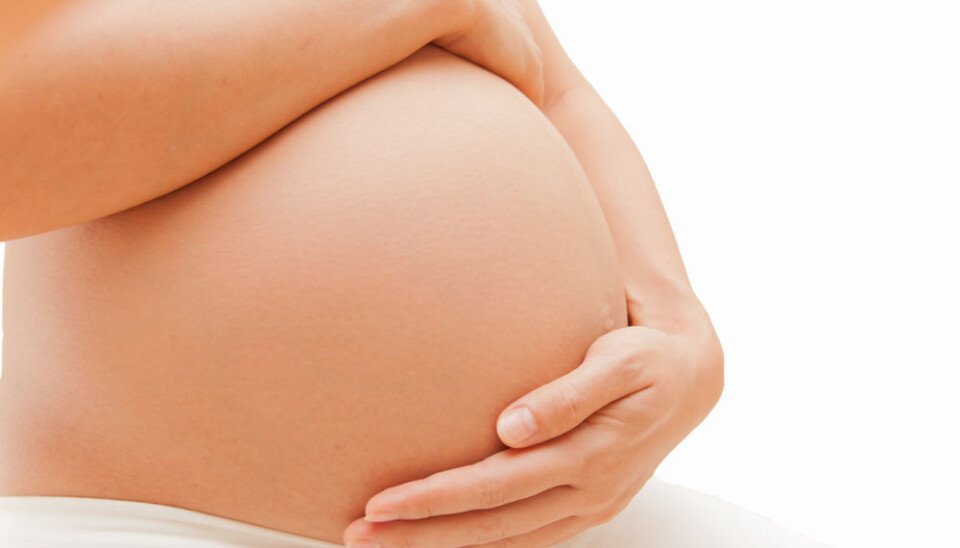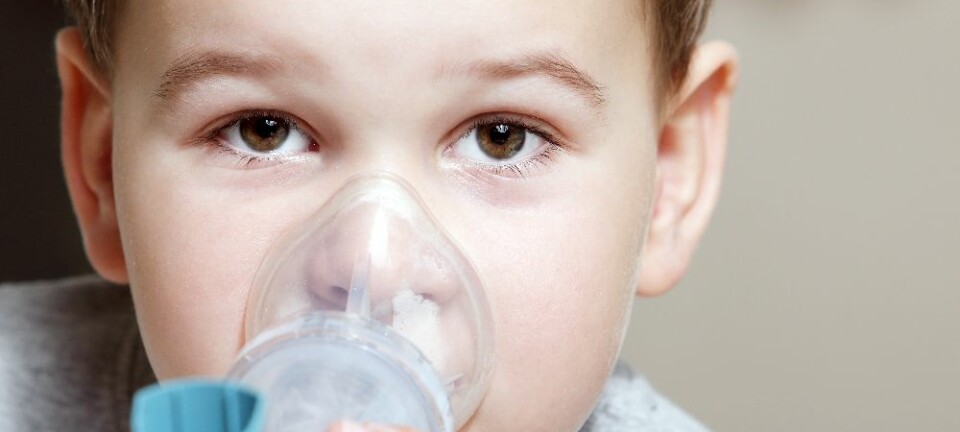
Air pollution leads to smaller babies
Pregnant women who are exposed to even the tiniest amounts of air pollution risk giving birth to babies with low birth weight.
A new European cohort study shows that unborn children can suffer damage when their mothers are exposed to even very small amounts of air pollution – smaller than previously thought.
Foetuses are damaged even at air pollution quantities that are below the EU limit values.
Consequences of this include restricted foetal growth (less than 2.5 kilos after 37 weeks of gestation) and a smaller head circumference than normal.
These two factors play a crucial role in a baby’s life:
“Low birth weight can lead to a long series of diseases such as respiratory problems, cancer and cardiovascular disease,” says the study’s first author, Danish postdoc fellow Marie Pedersen of the Centre for Research in Environmental Epidemiology in Barcelona.
“A smaller-than-average head circumference is associated with low intelligence. A great number of children have sustained damage as a result of their mothers’ exposure to air pollution during pregnancy.”
The study is published in the journal the Lancet Respiratory Medicine.
Comprehensive European cohort study
The researchers used data from more than 74,000 European women who gave birth between February 1994 and June 2011. Data was pooled from 14 population-based mother-child cohort studies in 12 European countries.
Looking at the home address of all the women in the study, the researchers could estimate the amount of air pollution from e.g. cars that the women had been exposed to on a daily basis during their pregnancy.
This enabled them to look for correlations between the amount of air pollution and the birth weight and head circumference of the children.
The study found that all increases in all forms of air pollution increased the risk of the women having given birth to a child with a low birth weight or a smaller-than-normal head circumference.
The amount of fine polluting particles measuring less than 2.5 micrometres in particular was associated with a significantly increased risk. Even at quantities that were below the EU limit values, the researchers observed an increased risk.
Limit values should be reduced
According to Pedersen, the findings of the new study show that further restrictions on the allowable amount of air pollution can reduce the number of children who are born with a low birth weight.
She reckons there are particular benefits in lowering the limit for air pollution with particles smaller than 2.5 micrometres:
“If we reduced the limit value for air pollution with particles of less than 2.5 micrometres from the current limit of 25 micrograms per cubic metre to 10 micrograms per cubic metre, we could reduce the number of children with a low birth weight by 22 percent,” she says.
According to co-author Professor John Wright, the director of the Bradford Institute for Health Research in the UK, the findings of the new study send a clear message to the world’s politicians:
”Women throughout the world are exposed to pollution levels that are equal to or greater than those that we have investigated in this study,” he says.
“Our results are a clear message to politicians that there is a need to improve the air that we all breathe.
-------------------------
Read the Danish version of this article at videnskab.dk












